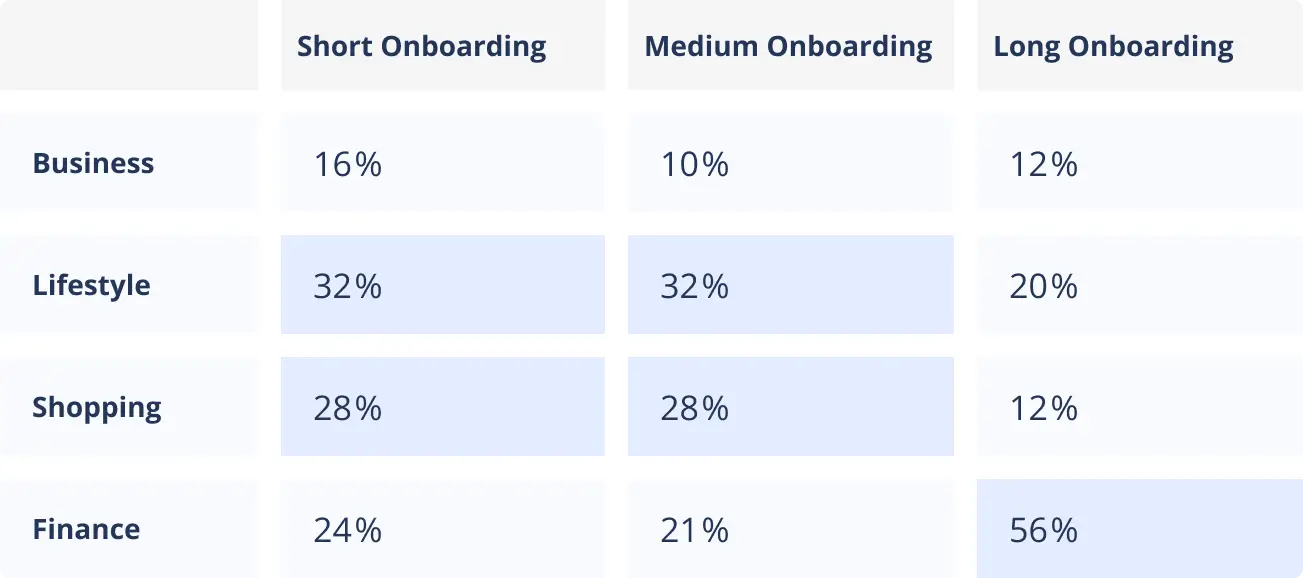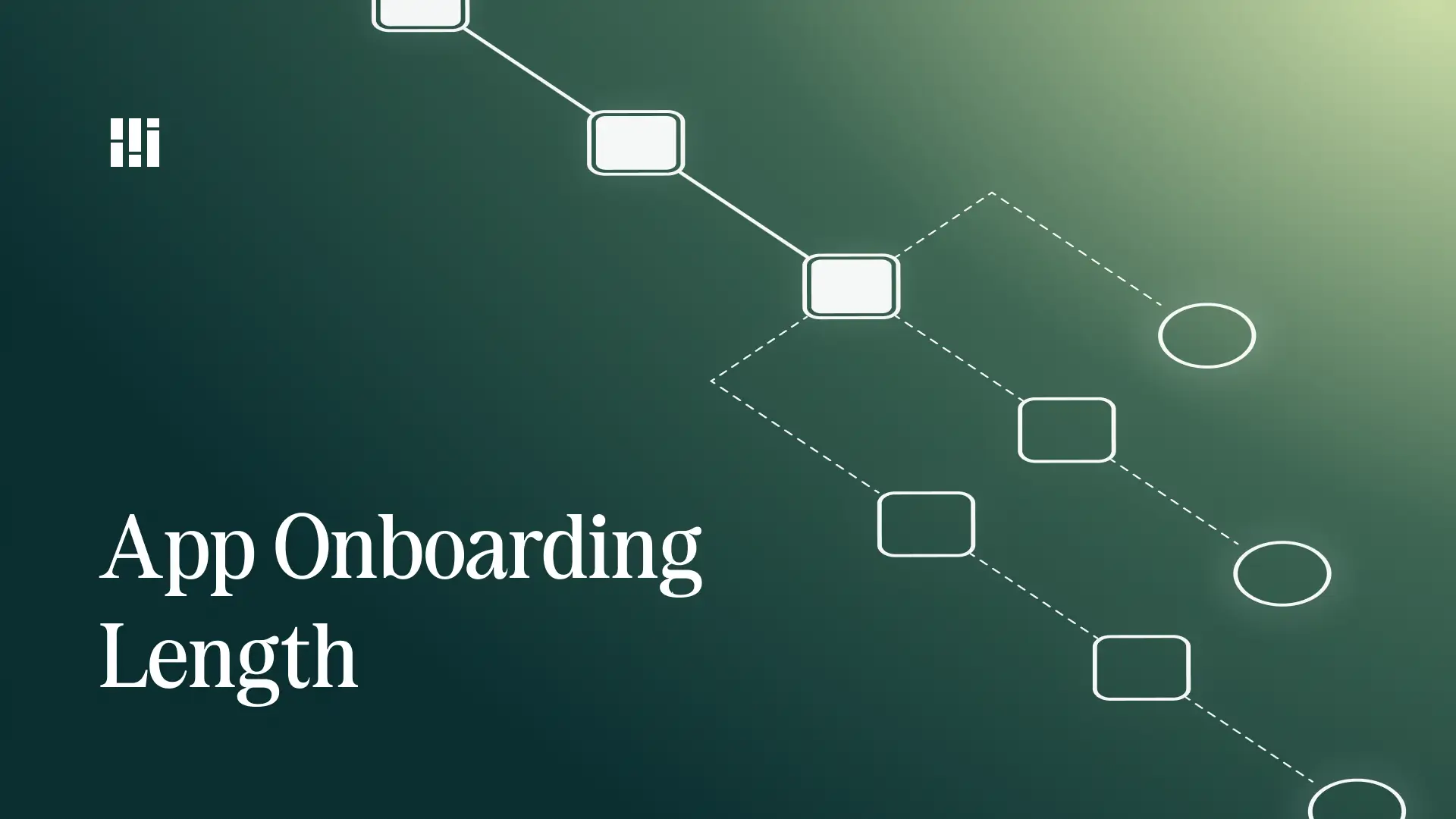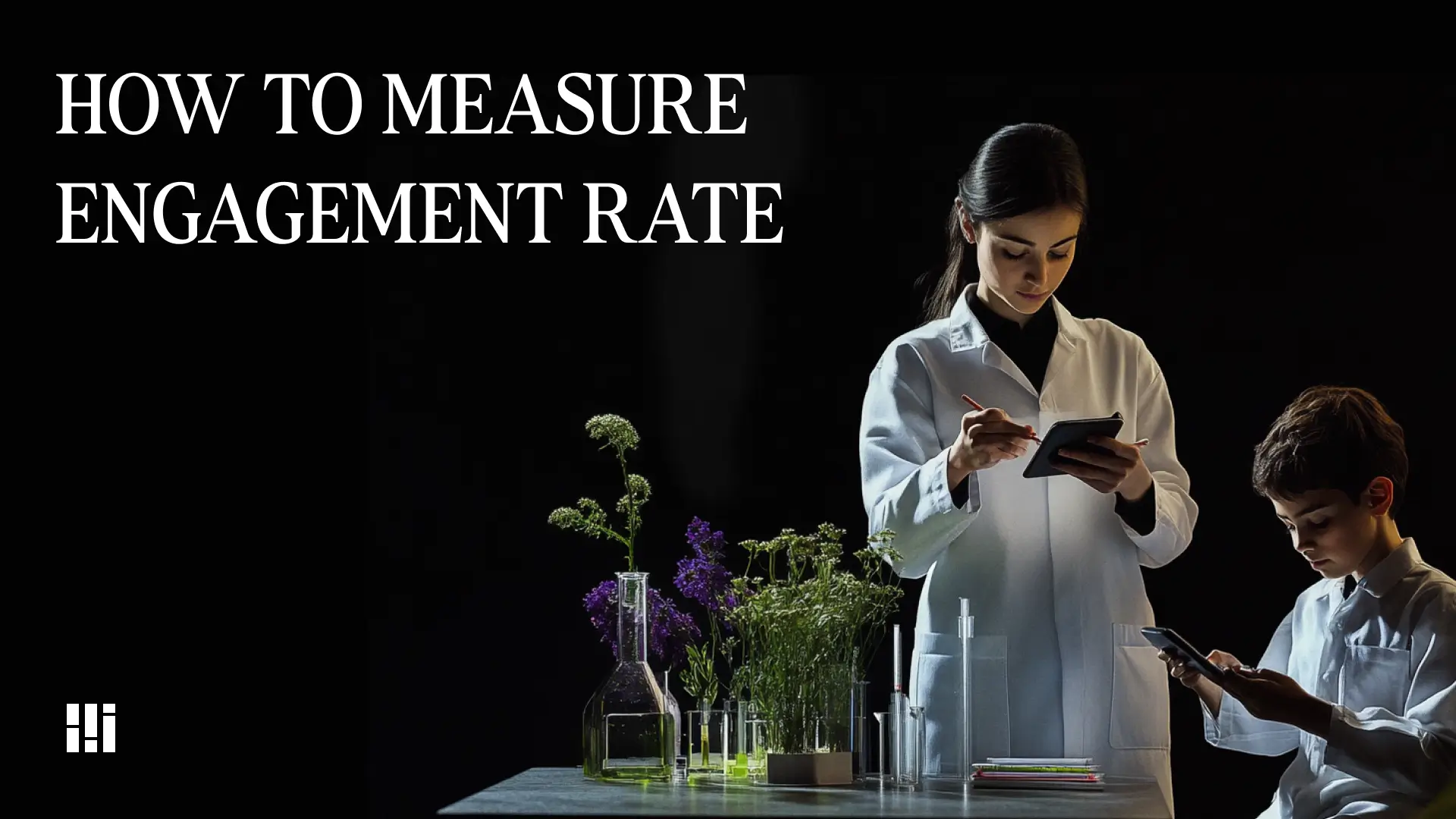What is App Onboarding?
App onboarding introduces new users to your app's features and functionalities, helping them understand its value proposition and start using it effectively.
Why is it Important?
A well-designed onboarding experience can significantly impact user retention. It can help users overcome initial hurdles, build confidence, and increase the likelihood of them sticking with your app.
Onboarding KPIs (Key Performance Indicators)
Here are some key metrics you can track to measure the effectiveness of your onboarding process:
- Completion rate: Percentage of users who complete the entire onboarding process.
- Time to complete: Average time users take to finish onboarding.
- Activation rate: Percentage of users who perform a desired action after onboarding (e.g., making a purchase, completing a task).
Two Views on Onboarding Length
There are two opposite views on the ideal length of an app onboarding process:
- Short and Sweet: This approach aims to get users to the "aha moment" as quickly as possible. By minimizing onboarding steps and focusing on core features, users can start experiencing the app's value proposition right away. (Example: Duolingo)
- Long and Detailed: This approach emphasizes providing comprehensive instructions and user education. While it might take longer to complete, it can be beneficial for complex apps or those requiring user customization. (BetterMe) Another dark pattern involves intentionally extending the onboarding process beyond what's necessary to influence users' sense of ownership. The idea is that if users invest significant effort in completing the onboarding, they'll be less likely to abandon the app. This strategy plays on the human tendency to value things we've invested time and effort in.
Onboarding Length by Category
A common bias suggests that onboarding length depends on the app category. For example, lifestyle apps might require longer onboarding for user personalization, while business apps might need a shorter approach.
Our Research
We analyzed 125 apps onboarding experiences from four categories: business, shopping, lifestyle, and finance. The data from Mobbin shows that the median number of onboarding screens is 18, which translates roughly to 8 steps (e.g., account creation, verification, basic information input, location request).
We then segmented the data to compare the 20% of apps with the shortest onboarding and the 20% with the longest. This analysis revealed the following:
- Business: Onboarding length tends to be normally distributed, with no significant bias towards short or long experiences.
- Lifestyle & Shopping: These categories tend to have shorter onboarding processes.
- Finance: Finance apps tend to have longer onboarding, possibly due to the complexity of financial concepts and the need for more steps before users reach the "aha moment."

Key Takeaways
Our research suggests that complex topics don't necessarily require long onboarding. Finance apps might have more steps due to the nature of the subject matter, not necessarily to create artificial barriers.
Furthermore, this study focused on apps regardless of their monetization model. It's possible that monetization strategies (freemium vs. subscription) might influence onboarding length. However, this requires further investigation.
Stay Tuned!
Subscribe to our newsletter to receive upcoming articles exploring the relationship between onboarding length and monetization models!





